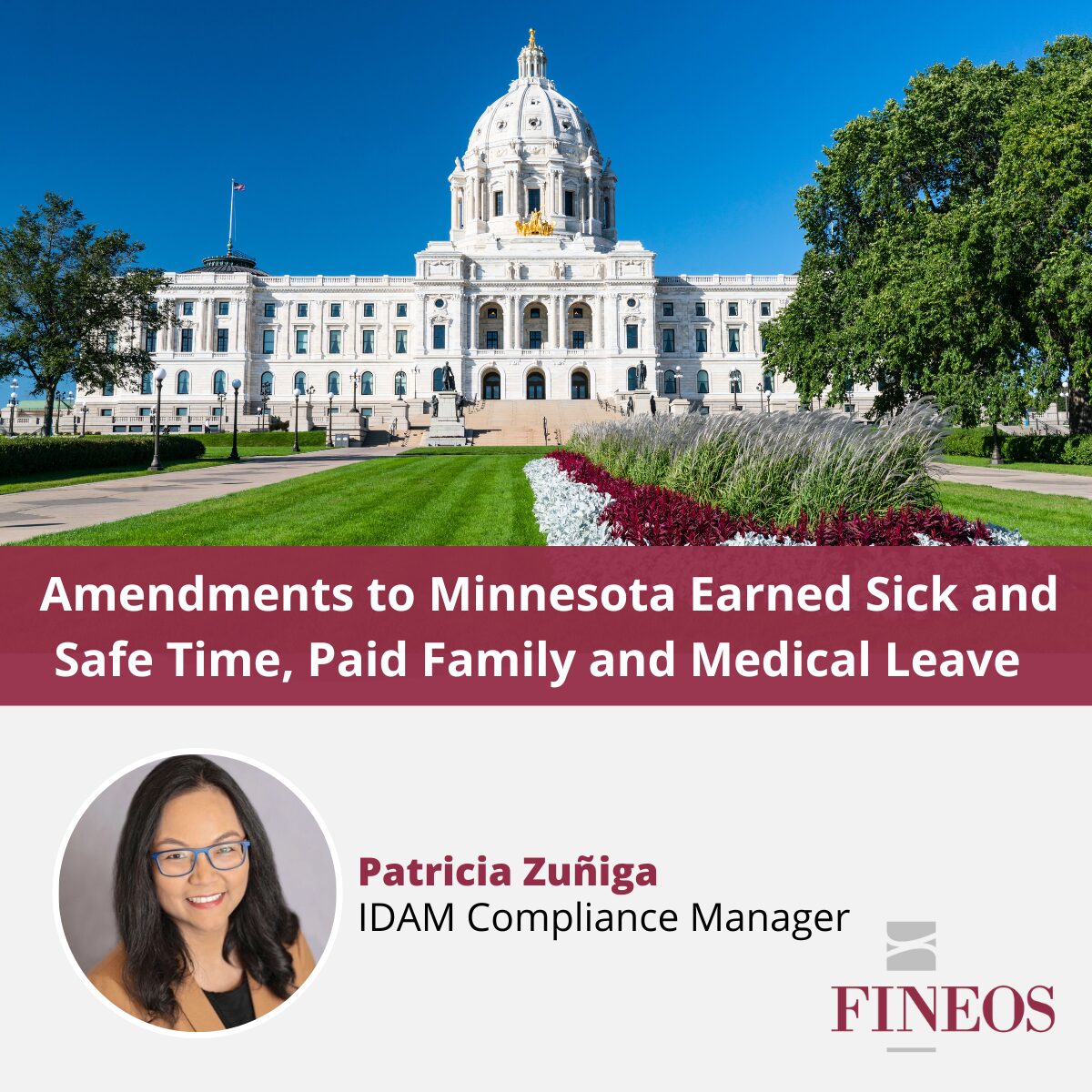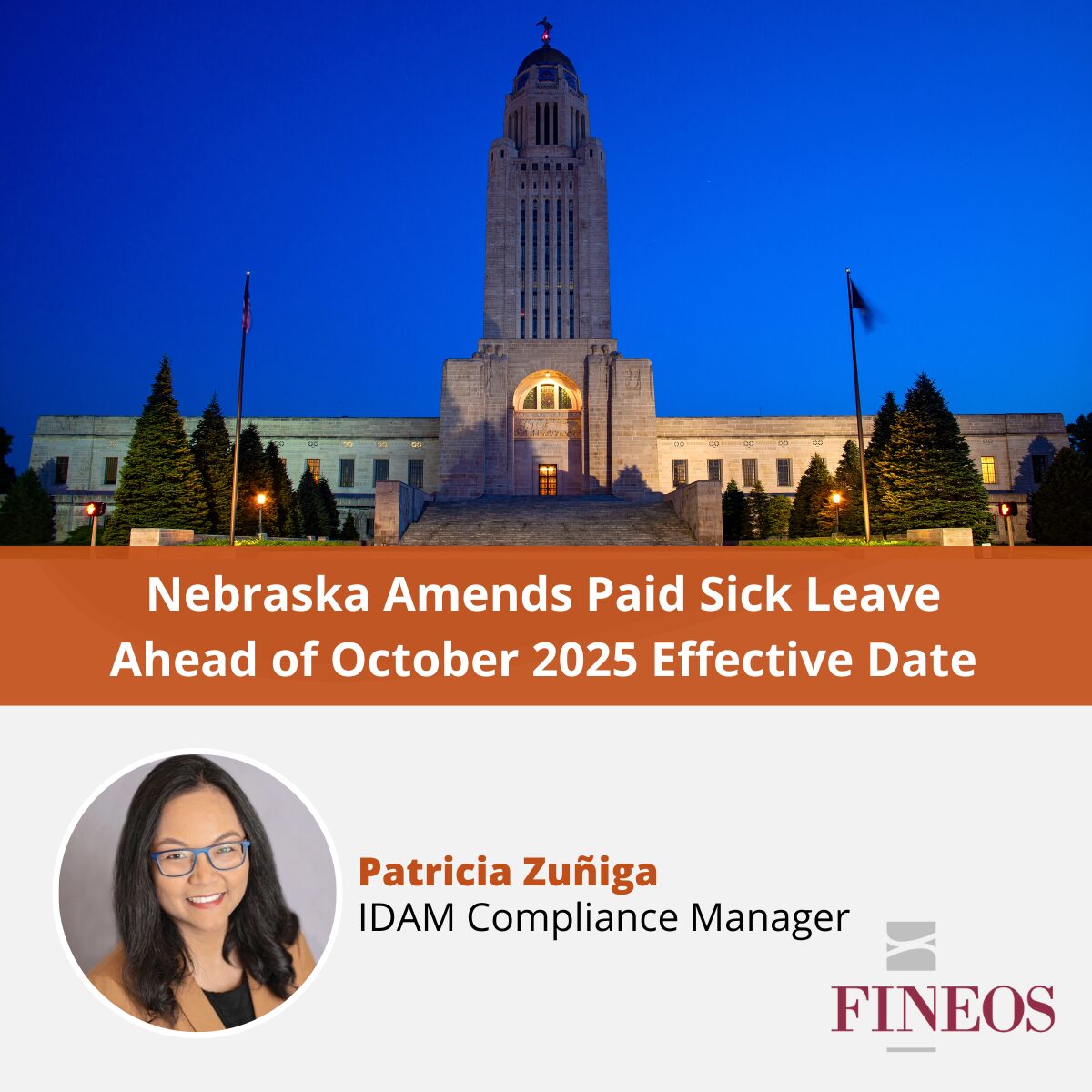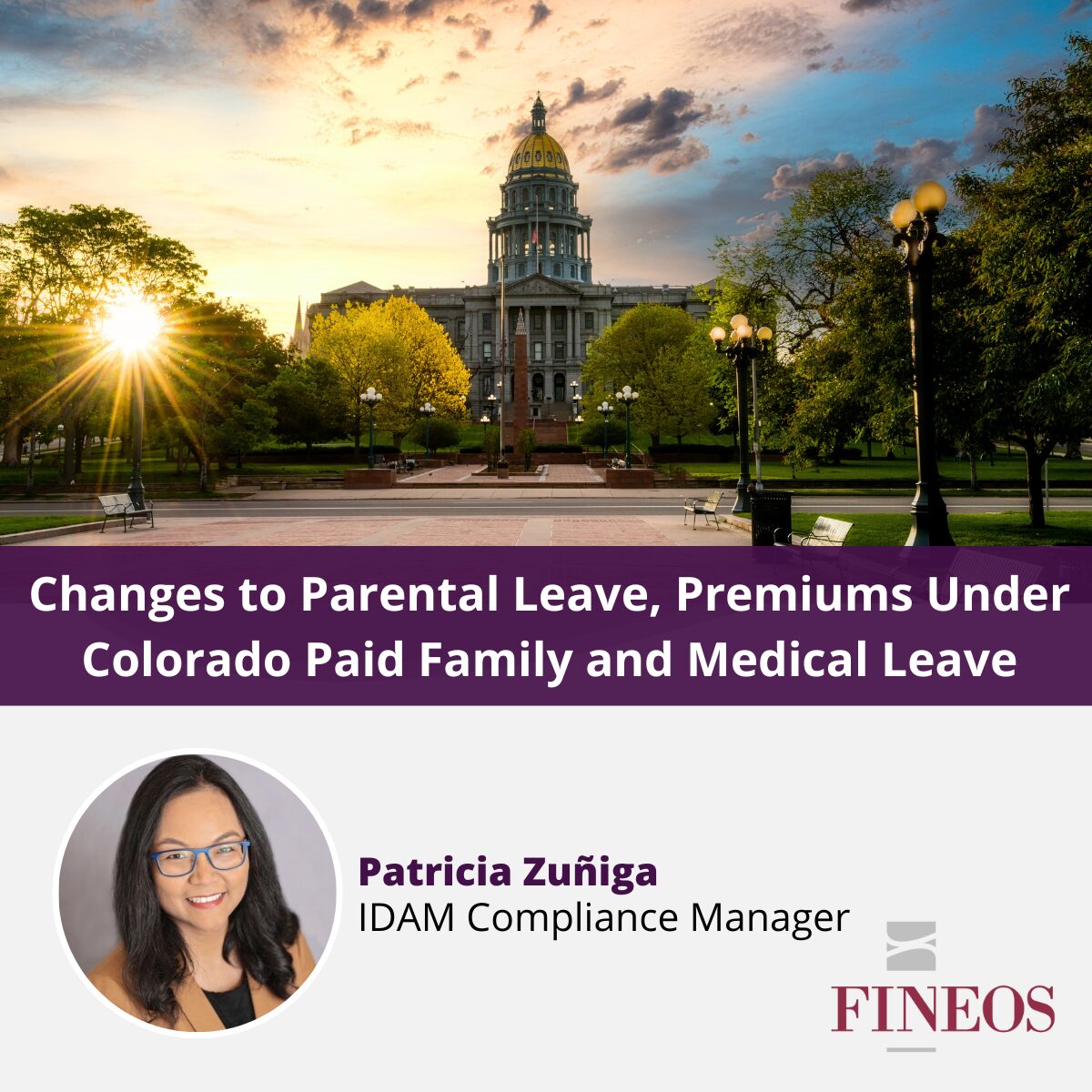On April 1st the United States Department of Labor issued temporary, final regulations to support the Families First Coronavirus Response Act (FFCRA), as amended by the CARES Act. April 1st was also the FFCRA effective date, so employees can now begin claiming paid leave for COVID-19-related absences. The regulations cover a lot of ground, providing clarification and specifics on how to calculate paid leave, the ability to use PTO or accrued leave to top-up FFCRA paid leave, employer notice and required documentation, intermittent leave, continued health care coverage while on leave, and definitions of full –time, telework, and more.
The regulations make clear that they are temporary and only in effect during the FFRCA’s effective period, from April 1, 2020 through December 31, 2020. Some of the regulations are unique to FFCRA and provide helpful clarifications. We highlight some of the clarifications from the new regulations below:
Intermittent Leave
An employee must have their employer’s agreement to take intermittent paid leave. Unlike the FMLA where an employee nearly has an unfettered right to intermittent leave, the FFCRA regulations make clear that intermittent leave is only available if the employer and employee agree to intermittent leave and the increments for which intermittent leave will be taken, including in a telework setting. If the intermittent leave is to be taken while working physically at the employer’s worksite, intermittent leave is only allowed if there is minimal risk that the employee won’t spread COVID-19 to other employees at the worksite. The new regulation, 29 U.S.C. § 826.50, provides clarifying examples.
Allotment of Paid Leave
The FFCRA paid sick leave is a one-time allocation of 80 hours and not available per leave reason. And, unlike the FMLA, paid sick leave is per person and not per job. This means that if someone uses 80 hours of paid sick leave and changes jobs between April 1st and December 31st but has another need for COVID-19 leave, the employee is not entitled to more paid sick leave from the new employer.
The FFCRA paid sick leave obligations are not retroactive prior to April 1st. This means that if an employer provided paid sick leave to employees for covered COVID-19 leave reasons in February or March, that paid leave is not counted in the required 80 hours nor subject to the tax credit.
The new paid FMLA reason – to care for an employee’s child whose school or place of care or childcare is closed for COVID-19 reasons – is not an additional leave entitlement. The regulations clarify that this paid FMLA leave reason is included in an employee’s overall FMLA 12 workweek entitlement bank. The regulations include examples of when an employee has previously used FMLA prior to April 1, 2020.
The DOL made an important clarification that if an employee’s FMLA leave year entitlement resets during the April 1, 2020 through December 31, 2020 time period, the employee is still only entitled to 12 workweeks of the emergency paid FMLA leave reason. For example, if the employer has chosen a fixed leave year period that resets on July 1, 2020 providing employees with a new FMLA 12-week entitlement and the employee already used 6 week of emergency paid FMLA leave prior to July 1st, the employee would only be able to receive 6, not 12, weeks of additional emergency paid FMLA leave between July 1st and December 31st.
Coordination of FFCRA Paid Sick Leave and Paid FMLA Leave
The regulations identify several areas of coordination and concurrency between the FFCRA’s paid sick leave and paid FMLA leave. An important area of clarification is the DOL’s identification that the paid sick leave covers 80 hours of absence and the FMLA’s paid leave is unpaid for the first 10 days, presumably when an employee would receive the 80 hours of paid sick leave. However, as described in the Executive Summary introduction to the regulations, there are many instances where 80 hours does not equal two weeks of paid leave coverage. As a result, in 29 U.S.C. § 826.24, the DOL is interpreting the FMLA’s unpaid leave period as lasting 2 weeks rather than 10 days
Reasons for Leave and Telework
Section 826.20(a) provides examples of when someone is or is not entitled to paid leave when subject to a quarantine, isolation, or advised by a health care provider to self-quarantine and whether they can telework. There are instances when an employee who is subject to a quarantine or isolation order is able to telework. In those instances, they may not be entitled to take paid sick leave.
Covered Relationships
Unique to this legislation, the FFCRA expands the traditional FMLA covered relationships and allows an employee to care for someone other than a spouse, parent, or child and receive paid leave. While the statute only specifies that an employer can care for an “individual,” the regulations clarify that employee must have a personal relationship with the individual and a genuine need to care for them, such as an immediate family member, a roommate or similar person with whom the employee has a relationship that creates an expectation that the employee would care for the person under quarantine.
The regulations clarify that caring for a child includes not only a child under the age of 18, but also incorporates the FMLA’s definition to include caring for a child 18 years of age or older and incapable of self-care because of a mental or physical disability.
Employer Designated Notices
Because employers with fewer than 50 employees are subject to the emergency paid FMLA leave reason (and no other FMLA leave reason), these employers are not accustomed to the FMLA’s employer-required notices, such as providing eligibility, rights and responsibility, and designation notices. As a result, these regulations suspend those employer notice requirements for the emergency paid FMLA leave reason (but not the other FMLA leave reasons).
Documentation
The regulations include specifics regarding the type of documentation an employer can request to support an employee’s need for emergency paid sick and FMLA leave for COVID-19 specific leave reasons that are separate from a serious health conditions diagnosis of COVID-19. The employer can request:
- an employee statement with specified information;
- specific proof depending on the leave reason as further detailed in the regulations; and
- if the employee fails to give proper notice, a second chance notice of failure to provide the above documentation prior to denying leave. This second chance notice is a new requirement, not found in the regular FMLA regulations and unique to the FFCRA paid sick and emergency FMLA leave.
FINEOS US Paid Leave Legislative Coverage and Tools below have been created to help insurers to help their customers.
- The FINEOS Paid Leave page available on FINEOS.com that provides a consolidated collection of tools and resources.
- US COVID-19 Leave Law Blog Series –reviews of leave law legislation as it evolves
- US COVID-19 Paid Leave Calculator – FINEOS developed and now makes available a public service application to help US consumers better understand what they may be entitled to under the new law.
- Rapid Response Tools for New US Paid Family Leave (PFL) Plans – contact your FINEOS project team or customer representative for more information.


